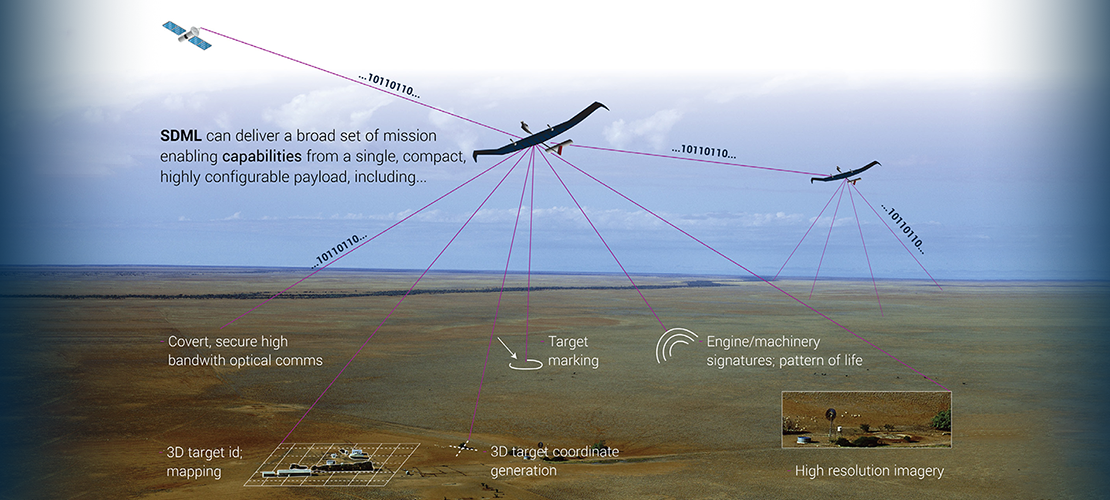
QinetiQ has developed a new system to provide communication in the satellite denied environments to support several military operations.
The system combines Free Space Optical Communications (FSOC) and real-time Light Detection and Ranging (LIDAR) Intelligence, Surveillance and Reconnaissance (ISR) capabilities together within one sensor.
The Software Defined Multifunction LIDAR (SDML) has the capability to provide multi-gigabit per second (Gbps) beyond line-of-sight (LoS) communication in a satellite denied condition.
This capability is achieved through LoS laser-based communications between a portable ground station and an airborne relay, which is available either on the aircraft of opportunity, an aerostat or on the high-altitude pseudo satellites (HAPS).
According to QinetiQ, the low probability of interception (LPI) and low probability of detection (LPD) are a result of reduced optical sidelobes, laser frequency and emitted power.
SDML’s software defined nature allows to change the mode of operations in mid-missions.
How well do you really know your competitors?
Access the most comprehensive Company Profiles on the market, powered by GlobalData. Save hours of research. Gain competitive edge.

Thank you!
Your download email will arrive shortly
Not ready to buy yet? Download a free sample
We are confident about the unique quality of our Company Profiles. However, we want you to make the most beneficial decision for your business, so we offer a free sample that you can download by submitting the below form
By GlobalDataIt can be switched to communications and ISR modes including 3D imaging, which provides traditional LIDAR imagery from a mobile platform, and Vibrometry for remotely detecting if the machinery is running or the buildings are occupied.
QinetiQ UK has already tested an SDML payload for the Zephyr HAPS and is now focusing on the development of a ground station for all the space based SDML systems.
In a statement, QinetiQ said: “QinetiQ Australia is seeking to develop a sovereign SDML capability that complements the work being done in the UK.
“We will draw on the existing IP in the UK to develop vehicle and man-portable SDML systems in Australia.
“The systems will become part of the suite of SDML capabilities being offered globally.”



